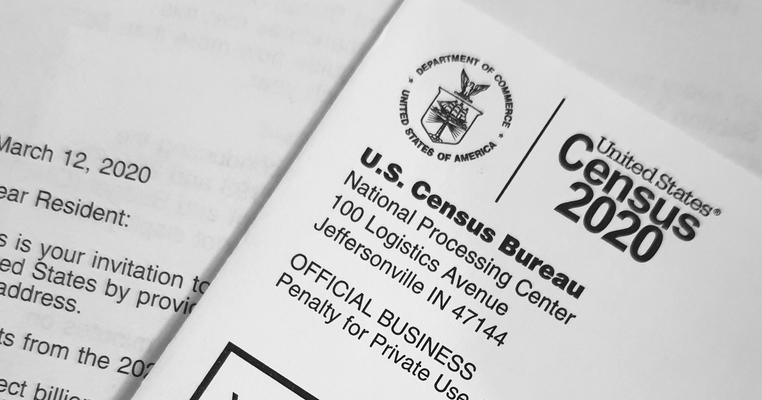
Government 101: Why is it important to respond to the census?
Everyone is asked the same questions regardless of age, race, gender, or citizenship status. But what is the census? And why is it so important? To answer these questions, let’s start at the beginning.
A Brief History of the Census
- In 3800 BCE, the first known census occurred under the Babylonian Empire and counted livestock, wheat, and vegetables throughout the empire.
- The oldest surviving census records were recorded in 2 CE under the Han Dynasty in China. This census counted 57.7 million people living in the empire.
- In 1400 CE, the Inca Empire used a system of knots on a string to record its census.
- Thomas Jefferson led the first US census in 1790. The census took 18 months to complete and required knocking on all residents’ doors.
Snail mail to High-Speed Internet
The census starts its journey in the mail system. An envelope arrives at every house, apartment, condo, and tiny home in the United States. Residents answer the 12 questions and send them back to the government.
This year people have the option to complete the census either online, over the phone, or by mail.
If you missed returning your questionnaire, it’s not too late to still participate! The census hires roughly 500,000 people to help make sure everyone completes the census. These representatives will knock on the doors of people who have not yet completed the census and ask the same questions that are on the questionnaire. Due to COVID-19, this phase has been slightly delayed to ensure the safety of everyone.
Now that all the data is collected what is it used for?
Funding, Representation, and Redistricting
By counting the number of people in the United States, the census helps determine how much funding will be distributed to an area. In the 2017 fiscal year, 316 federal spending programs used data from the census to distribute $1.504 trillion to state and local government, nonprofits, businesses, and households across the country. Census data also helps determine interest rates for federal loan programs. This means that interest rates on student and housing loans are in part determined by the census. The data is even used to determine the allocation of emergency services for each region. The census is to thank for helping to fund your local fire and EMS departments!
Data from the census also determines apportionment. There are 435 seats in the House of Representatives to be divided among the 50 states. Over the course of US history, there have been five methods to determine the total number of representatives for each state. The current method uses a ratio of residents to representatives, which means that the population in your area directly determines how many seats your state is given.
Information from the census is also used on the state and local levels. Having an accurate population count allows for new boundaries to be drawn that create a roughly equal population in each area. This upholds one person = one vote.
Key Takeaways
- Completing the census makes sure that local and federal government, schools, nonprofits, and more have the funding they need to serve the population.
- An accurate population count allows for a region to have the appropriate ratio of people to representatives in the House of Representatives.
- And if the ratio is askew, the census determines redistricting that ensures the proper ratio.
Next Steps
- Complete the census! This will ensure that you are properly represented and provide funding to your local government, schools, and emergency services.
- Check your registration status or register to vote! The census makes sure that you are properly represented to make your voice heard. So make sure that you use your voice and #TurnOutForTomorrow.

